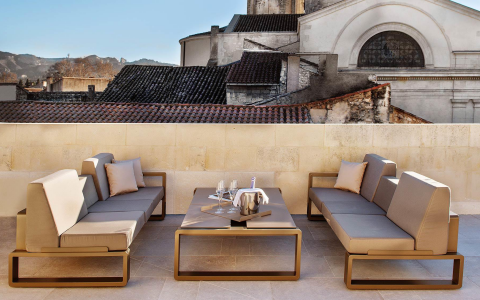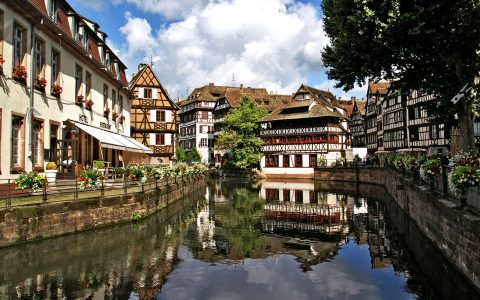In Deep:
Île de Ré
Connected to the medieval harbour city of La Rochelle, Île de Ré is a favourite retreat of France’s affluent elite. A strikingly beautiful island with sea views and lush vineyards at every turn, the terrain is forgivingly flat—the perfect place for exploring at a leisurely pace.
During WWII, Île de Ré’s beaches were fortified with bunkers by German forces to block a possible sea invasion. You can still see many of these bunkers in various states of dilapidation throughout the island. Several scenes of the 1962 film about D-Day, The Longest Day, were shot on the island’s beaches.
From a holiday-maker’s point of view, Île de Ré has it all: hot sun, light ocean breezes, refreshingly cool waters and gently sloping sandy beaches. In winter, the local population is around 20,000; that number skyrockets to 220,000 come summer. Cars are rarely used on the island and bicycles are the favoured mode of transportation.
Île de Ré’s reputation as a hot spot for celebrities and high-profile French citizens remains unchanged: visitors to the island include Johnny Depp, European Union-founder Jean Monnet and Lionel Jospin, the former Prime Minister of France. (He retired to the island after withdrawing from political life.) Princess Caroline of Monaco also spent many holidays on Île de Ré.
The island is part of the Charente-Maritime department and is divided into 10 communes, among them, the bustling village of Saint-Martin-de-Ré.
Sebastian Vauban and Saint-Martin-de-Ré

Saint-Martin-de-Ré is one of 10 communes located on the Île de Ré. The township has extensive fortifications—a reflection of the strategic importance of the island during conflict. Amidst the Wars of Religion during the 1620s, Catholic leaders ordered that the island be fortified as a counterbalance to the Protestant stronghold of La Rochelle on the French mainland. Later, in the 1670s, French engineer Sébastien Vauban was commissioned to assess and overhaul Île de Ré’s defences.
Vauban’s review led to the enclosure of Saint-Martin-de-Ré with extensive modern walls and embankments. The overhaul happened in three phases resulting in the complete fortified enclosure of the town by 1702.
Vauban revamped the fortifications of around 300 cities between 1667 and 1707 and directed the building of 27 new fortresses and fortified military harbours. Vauban famously disapproved of the building of Fort Boyard, another military landmark south of the Île de Ré.
MORE FROM France + Poitou-Charentes
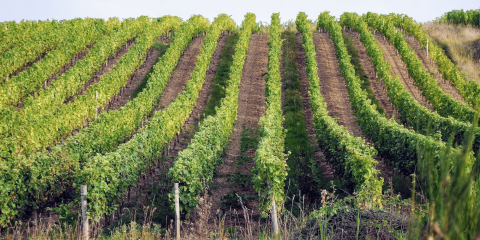
Grape Harvesting in Ventoux
France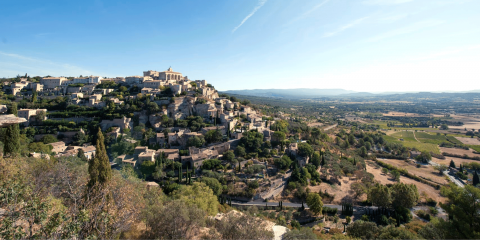
The Top 5 Hiking Routes in Provence and Cote d’Azur
Provence
With Vineyards, Beaches, and Quaint Villages, Île de Ré Is France’s Best-kept Secret
France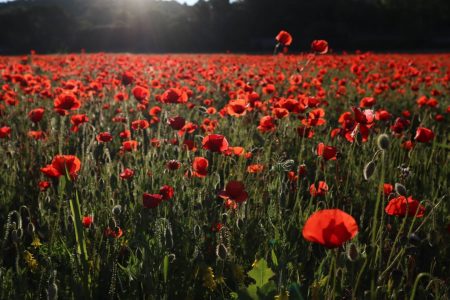
Photo Diary: A Sunday in Provence with B&R Guide Tatjana Buisson
Provence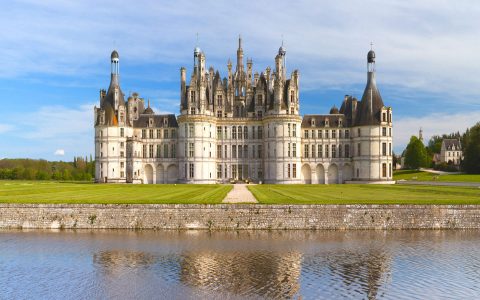
5 Ways to Relive the Renaissance in the Loire Valley
Loire Valley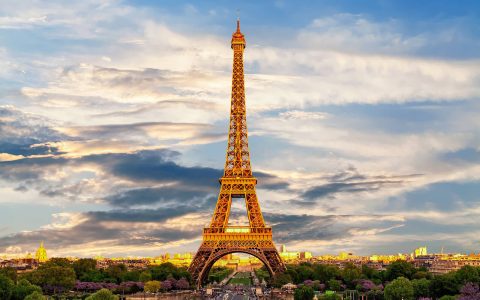
The Best Luxury Hotels in Paris: From Classic to Contemporary
France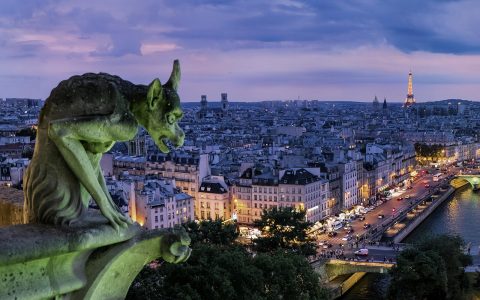
Secrets of the Seine
Île-de-France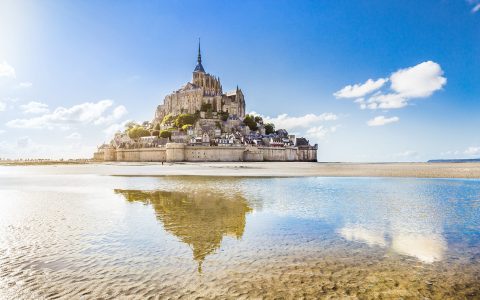
6 Reasons Why You Need to Visit Normandy, France
Normandy
10 Best Markets & Shops in Provence
Provence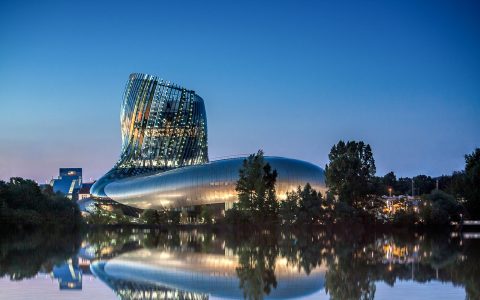
Bordeaux Nouveau: France’s Coolest City Right Now
Bordeaux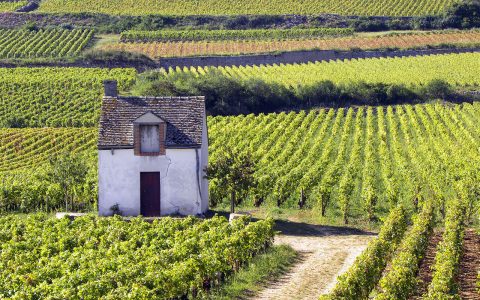
Falling Head Over Heels for Burgundy
Burgundy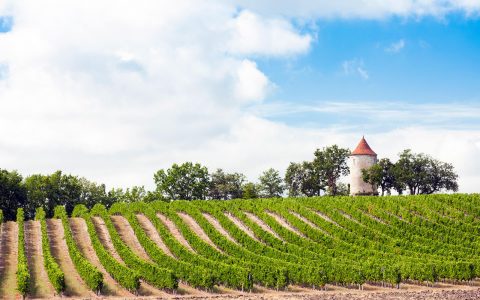
The World’s Best: Top 15 Bordeaux Wines
Bordeaux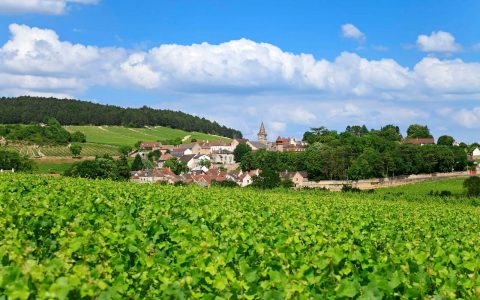
Rediscovering A Classic: Burgundy
Burgundy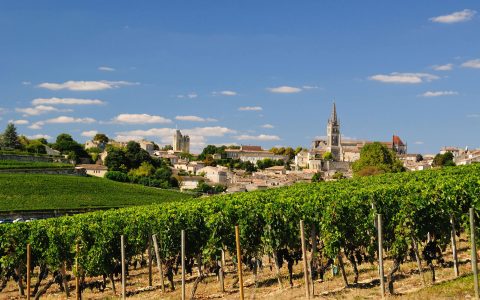
Reading for the Road: Our 5 Favourite Books About Bordeaux
Bordeaux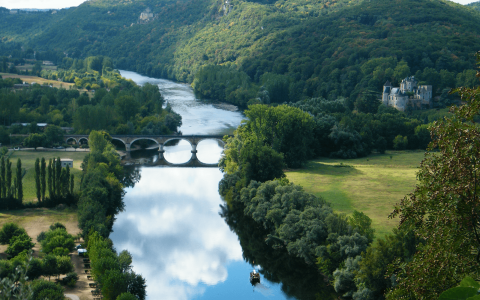
The Pleasures of Southwestern France
Bordeaux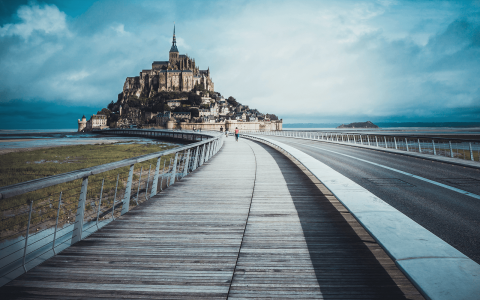
Normandy’s Showstopper: Mont Saint-Michel
Normandy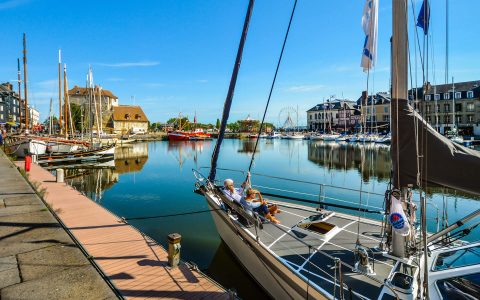
Reading for the Road: Our Favourite Books About Normandy
Normandy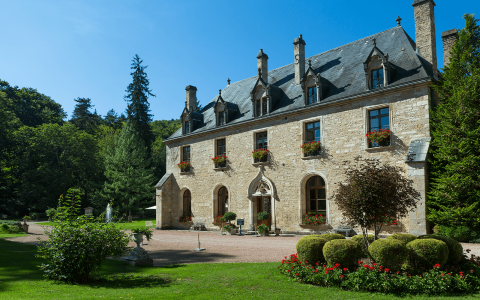
Abbaye de la Bussière: English Hospitality in the Heart of France
Burgundy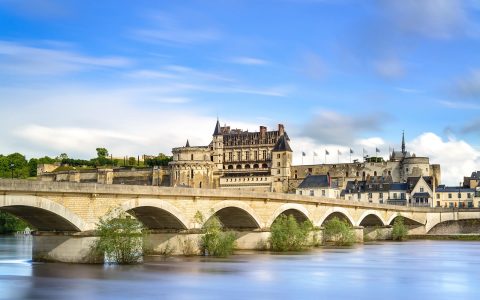
Secrets of the Loire Lifestyle
Loire Valley